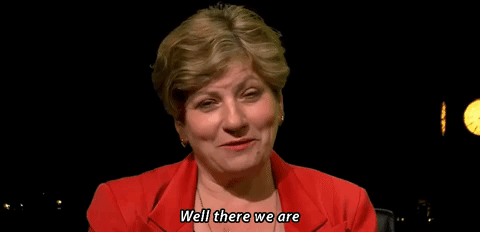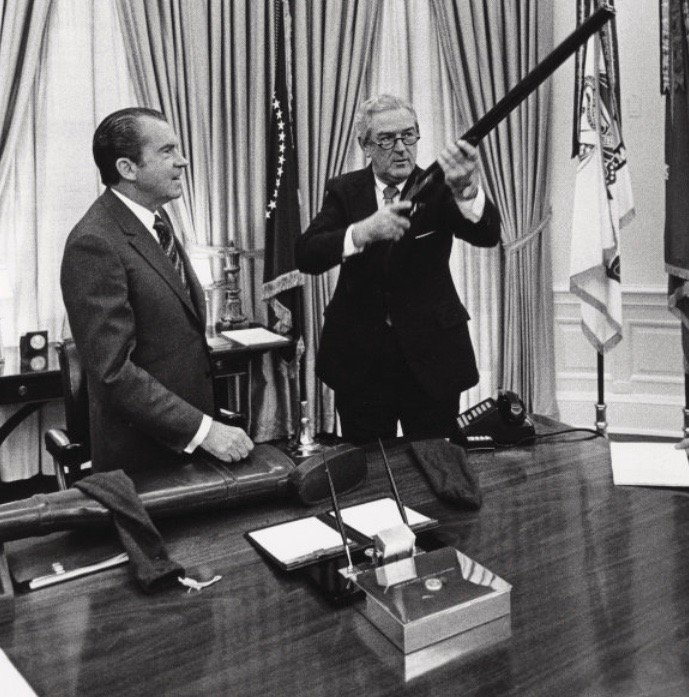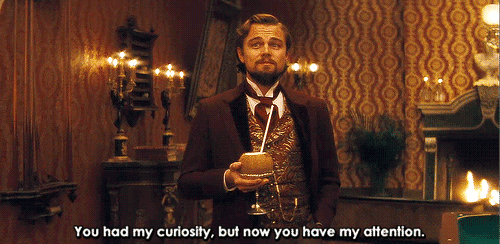
Oh, the white folks hate the black folks,
And the black folks hate the white folks.
To hate all but the right folks
Is an old established rule.
But during national brotherhood week, national brotherhood week,
Cassius Clay and Mrs. Wallace are dancing cheek to cheek.
It's fun to eulogize
The people you despise,
As long as you don't let 'em in your school.
-'National Brotherhood Week', Tom Lehrer
And the black folks hate the white folks.
To hate all but the right folks
Is an old established rule.
But during national brotherhood week, national brotherhood week,
Cassius Clay and Mrs. Wallace are dancing cheek to cheek.
It's fun to eulogize
The people you despise,
As long as you don't let 'em in your school.
-'National Brotherhood Week', Tom Lehrer
Shoutout to @Gonzo who co-wrote this timeline, along with @Wolfram and @Yes for their help in putting this together.
---
Camera fades in on Oppo, seen wearing an “O’Malley Would Have Won” shirt, and the interviewer.
INTERVIEWER 1: We only have a few minutes, so try to be brief. Okay?
OPPO: I’ll do absolutely anything you say.
INTERVIEWER 1: What made you call the timeline National Brotherhood Week?
OPPO: Because what Tom Lehrer said was true. We only pretend to get along for the sake of insincere politeness, but we've been fighting each other for eternity.
INTERVIEWER 1: Amazing.
INTERVIEWER 2: How did you ever come up with that O’Malley shirt? Why such a fringe shirt?
OPPO: I like my state and the Democratic Party. The easiest way for my state to create the Greater Maryland Empire was for my candidate to enter the White House.
INTERVIEWER 2: What are you going to do next?
OPPO: An autobiography of a fictional politician. It’s like A Prayer for Owen Meany on acid.
INTERVIEWER 2: I’ll bet! What made you come up with making a timeline based on AH tropes?
OPPO: Well, there are plenty of them. It tells the story of this website and this genre. It’s like NDCR on acid.
INTERVIEWER 3: What made you pick Gonzo?
OPPO: I decided that if this timeline where to be written, it should be by an experienced author, who’s work I loved.
INTERVIEWER 3: What did Gonzo do?
OPPO: He knew what not to do is what he did do. We both made sure our lunacies didn’t go too far.
INTERVIEWER 3: What do you think of his politics? How about his Ulster unionism?
OPPO: I’ll tell you later.
INTERVIEWER 3: When are you going to write again?
OPPO: When there is something new to an audience, then I’ll write again. Besides new counterfactuals, when the only thing to explore them is as extended timeline making. That’s what I’ll be doing.....what I’ll have to do to be writing. Do understand what I’m trying to say?
INTERVIEWER 4: We see a lot of variety in alternate history formats these days.
OPPO: I’d like to make a video based timeline. That way the multimedia has a power of itself.
INTERVIEWER 4: I made a video about alternate history myself. Do you want to watch that?
OPPO: Maybe later.
INTERVIEWER 4: What do your timelines mean to you? I mean, you don’t make plausible scenarios, do you?
OPPO: Like all AH authors, I like to take a truth and stretch it into something interesting. That’s where I have failed, by stretching that truth when it has already snapped apart. We have actually made a plausible scenario. In this timeline we turn it into a comedy album.
INTERVIEWER 4: Do you like to make long-term timelines? Like the Thande, the Yes, the CanadianTory?
OPPO: Only when absolutely necessary. In fact, I’d like to show people the timeline in.....my.....head.
INTERVIEWER 4: I got a timeline in my head, you wanna read that?
OPPO: No, but do you have anything to eat?
INTERVIEWER 5: So, what do you think of this shirt?
OPPO: I wish I had one like that.
INTERVIEWER 5: Right, yeah. You know any British jokes?
OPPO: I can’t tell it here.
INTERVIEWER 5: If I gave you $50 right now, what would you do with it?
OPPO: I would get some crabs. I am a Marylander.
INTERVIEWER 6: It’s cold in here, don’t you think? No?..........I don’t think you’re a particularly good writer, but you make timelines. How do you do that?
OPPO: The better an author is at writing, the harder it is to picture their scenario. I like to use my falsehoods to my advantage.
INTERVIEWER 6: Have you ever made a sockpuppet? Or been banned from a forum?
OPPO: I’ll tell you later.
INTERVIEWER 6: What do you think happens when you elect Hunter S. Thompson?
OPPO: I’ll tell you later.
Camera fades out








